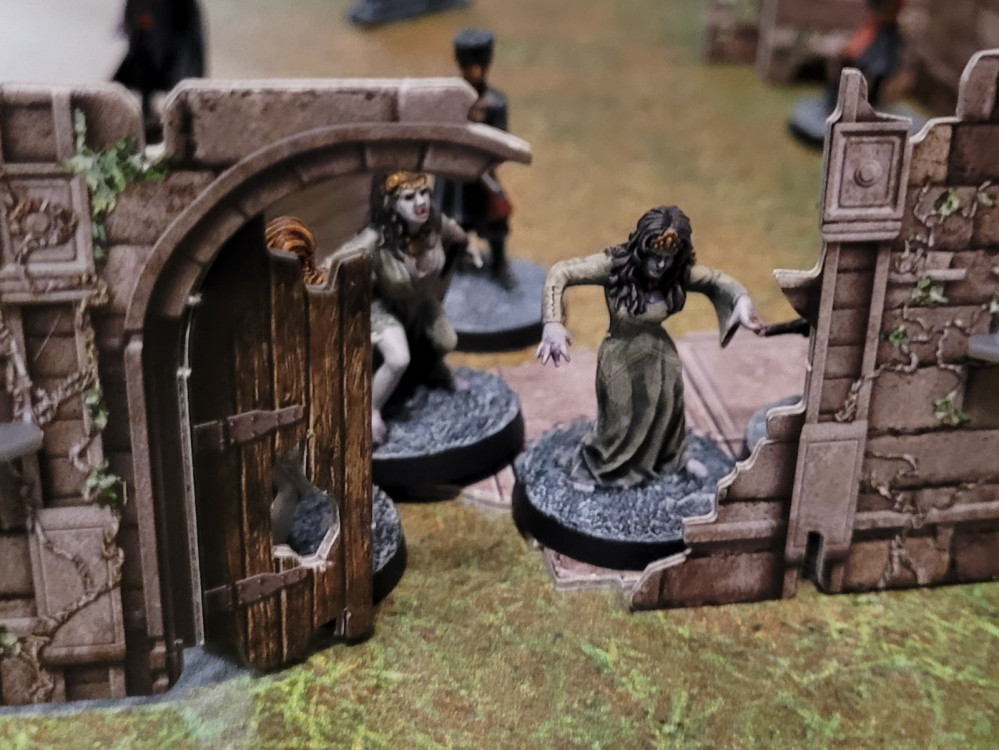
7TV Dracula Campaign Playthrough
Chapter 0: The Cult of Dracula
One of the stretch goals for the 7TV Dracula Kickstarter campaign that I found a little puzzling was a set of four “man-ape cultists.” I didn’t remember them from the book, but it had been a while since I’d read it and I know the film adaptations tend to leave things out so I didn’t give it much thought. I was even more bewildered when I received my Kickstarter package and started reading through the scenario book — the man-ape cultists didn’t feature in any of the five scenarios, and having just re-read the book, they were nowhere to be seen there either. Apparently, these four beast men were to be featured in a bonus scenario that was an unrealized stretch goal for the Kickstarter campaign. As I already have plenty of cultist and cave-man miniatures, the man-apes went into my “probably won’t bother painting these” box.
As luck would have it, the man-ape scenario did finally see the light of day, as an article in the November 2023 issue of Wargames Illustrated. The story behind the scenario is an interesting one, based on Makt Myrkranna, a 1901 Icelandic translation of the novel that characterizes “Draculitz” as more of a criminal mastermind and cult leader. It takes place before the first chapter of the 7TV Dracula campaign, with Jonathan Harker wandering the bowels of Castle Dracula and stumbling upon a ritual sacrifice in progress, attended by (you guessed it) a tribe of man-ape cultists. The ritual is crashed by a group of outraged Transylvania villagers, and there our skirmish begins.
I thought the given set-up for this scenario was a bit too open, just a wide open space with a row of pillars leading up to an altar, and archways along either edge. This creates a particular problem that I also noted in the last Dracula game we played: the heroes have a lot more ranged attacks, at a much longer range, than Dracula’s forces do, which gives them an unbalancing advantage when the playing area forms a natural shooting gallery like this.
This problem is made worse by what would otherwise be the most interesting feature of this scenario, a random table of effects that can take place as the characters are wandering the labyrinthine tunnels and passageways that make up Dracula’s basement. Players are prompted to roll on the table any time one of their models “ends a move action within two inches of a piece of terrain or scenery.”
Oddly, Dracula (sorry, Draculitz) and his minions are equally susceptible to getting lost in the castle. Most of the effects are minor annoyances that add some flavor without doing anything really game changing, but the issue is that players are being punished for seeking cover behind terrain when one side has a massive ranged attack advantage.
I decided to change up the playing area by adding some multi-level platforms and staircases. While I think it looks pretty good and made for some interesting movement choices (do I take the stairs or jump down, risking damage), It didn’t really solve the shooting gallery problem. As the Dracula (sorry, Draculitz) player, I made the mistake of having several of my man-ape cultists charge the invading villagers, only to have over half of them cut down in a hail of musket fire on round two. Luckily for me Dracula (sorry, Draculitz) had an ability that let him revive fallen cultists. Nevertheless, my opponent’s villagers were able to fight their way to the top, rescue the sacrificial victim, and make their escape with minimal losses.
Another issue with the scenario was that the forces of Dracula (sorry, Draculitz) didn’t have any ability to score victory points, other than by wiping out the entire enemy force (which I’ve never seen happen in a game of 7TV) or leaving conditions on enemy stars and co-stars, which is only viable if you get the final turn of the game, since conditions in 7TV are fairly easy to remove. The hero player scores victory points by collecting an objective token from the man-ape cultists’ altar, and also for killing Dracula (sorry, Draculitz). This scenario seemed overwhelmingly unbalanced in favor of the hero player, and a little underwritten, which was surprising when looking at how good the main Dracula campaign was.
It feels a little peevish to be complaining about game balance when talking about 7TV, a game that has always unapologetically emphasized flavor over mechanics, and is definitely not intended to be played competitively. However, it is still a game, and as such should strive for balance so that both players can engage with the story being told while feeling like their in-game decisions matter — I think that’s difficult to maintain if one side feels like they’re at a major disadvantage and can’t do anything that matters. The most engaging games are the ones where it’s a close match and it seems like anything could happen, right up until the end.









































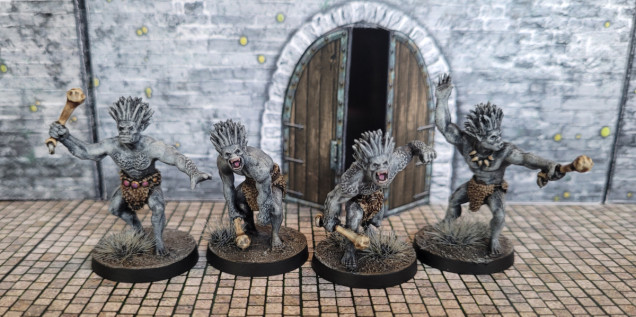
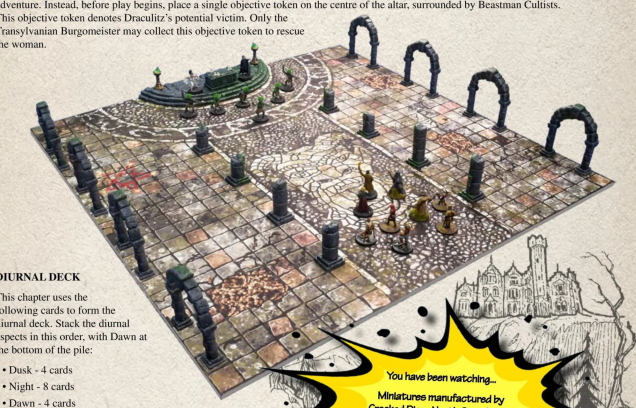
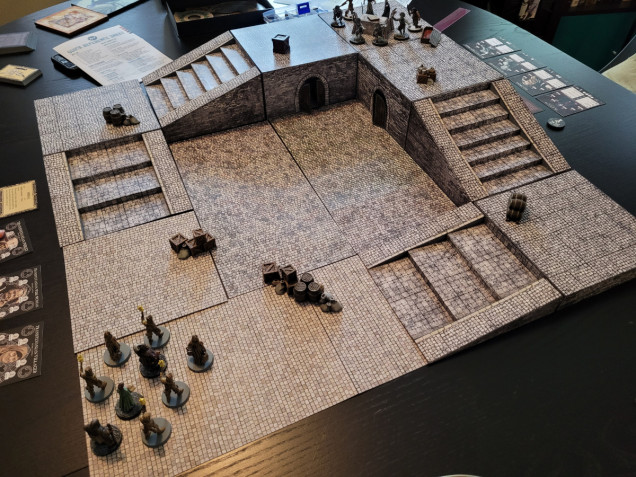

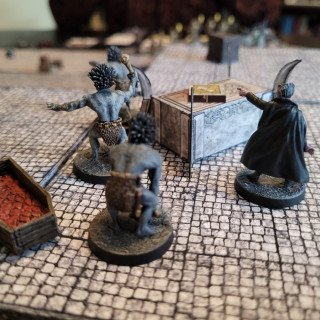
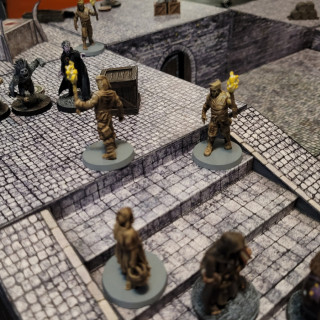































Leave a Reply